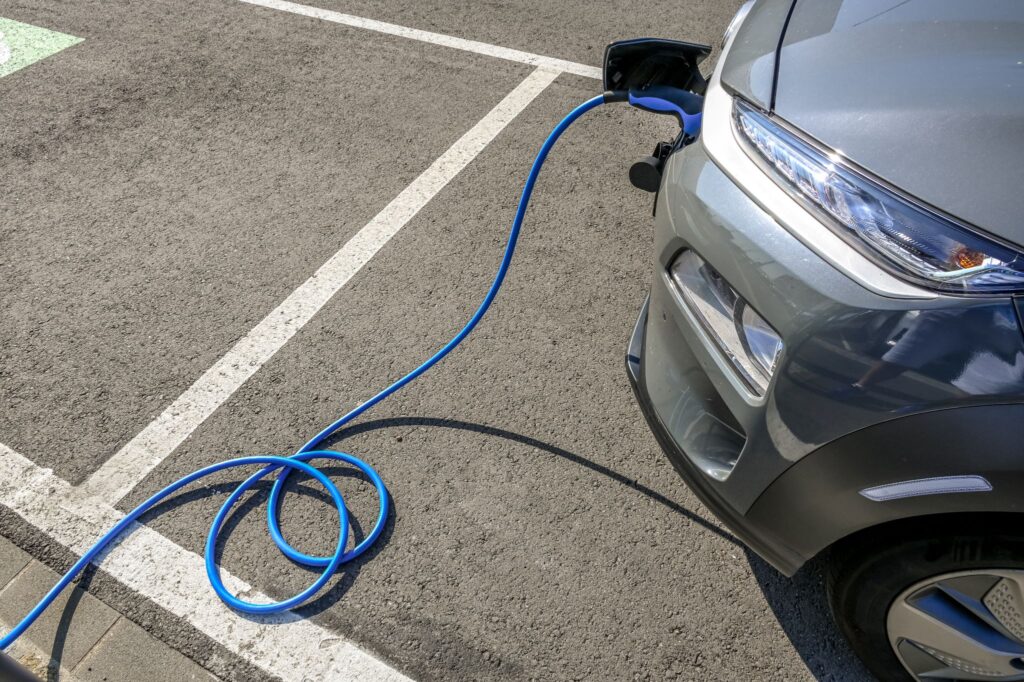Electric and hybrid vehicle ownership is on the rise, as more consumers opt for cleaner, more sustainable modes of transportation. However, the transition to electric doesn’t come without its challenges, especially for those without access to private parking or a garage. A common dilemma faced by many EV owners is the issue of charging their vehicles safely and legally when the only available option is to run a charging cable over the sidewalk from their home to where their vehicle is parked. This article explores the legality, risks, and solutions surrounding this modern-day quandary.

Is running a cable over the sidewalk permitted?
The simple answer: it’s complicated. Many electric vehicle owners find themselves in a predicament when they lack a driveway or garage. The seemingly straightforward solution of stretching a charging cable from one’s home across the sidewalk to the parked vehicle is fraught with legal and safety implications.
Prohibited by law, road traffic regulations universally prohibit leaving obstacles, such as a charging cable, on the sidewalk. This is to ensure the safety and accessibility of pedestrian pathways. Additionally, local municipalities may have their own set of rules and regulations further restricting the placement of cables or similar objects on sidewalks.
What are the risks?
Choosing to charge your electric vehicle by running a cable over the sidewalk is not without its consequences. First and foremost, there’s a legal risk. Violating road traffic regulations can result in fines or other penalties. More importantly, there’s a significant safety risk. Should someone trip over your charging cable and sustain injuries, you could be held liable for bodily harm. This not only has legal ramifications but could also affect your insurance, potentially leading to increased premiums or the need to cover a deductible.
Possible solutions and alternatives
Given the risks associated with unauthorized cable laying, what alternatives do EV owners have? If local laws permit, applying for special permission from your municipality could be a viable first step. Such permissions might allow for temporary cable crossings, especially if they’re made safe for pedestrian traffic.
Using a cable protector or cover is one recommended solution. Cable protectors are designed to safely encase cords and cables, reducing the risk of tripping and allowing pedestrians to pass unimpeded.
Investing in a retractable charging arm offers another innovative solution. These devices can extend to your vehicle and retract when not in use, keeping sidewalks clear and eliminating the hazard altogether.
Community and government initiatives
The challenges of charging EVs without private parking highlight a broader need for accessible public charging infrastructure. Some communities and governments are responding by increasing the number of public charging stations, offering incentives for businesses to install chargers, and exploring urban planning strategies to accommodate the growing number of electric vehicles on the road.
Conclusion
The transition to electric vehicles comes with a set of unique challenges, particularly for those without access to private parking facilities. While running a charging cable over the sidewalk might seem like a simple solution, it’s fraught with legal, safety, and insurance risks. Fortunately, there are alternatives and solutions that can help mitigate these risks, from seeking permission and using cable protectors to investing in innovative charging technologies. As the number of electric vehicles continues to grow, so too will the solutions and infrastructure to support them, making electric vehicle ownership more accessible to everyone.

 Open Immovlan
Open Immovlan